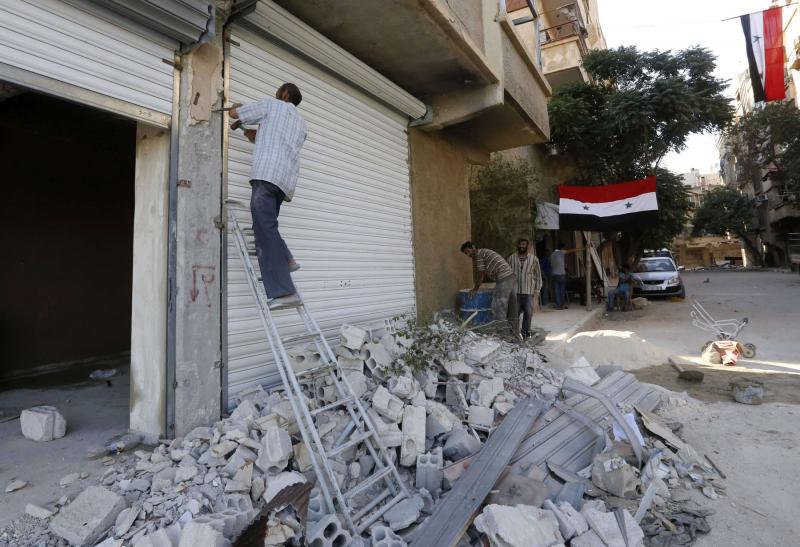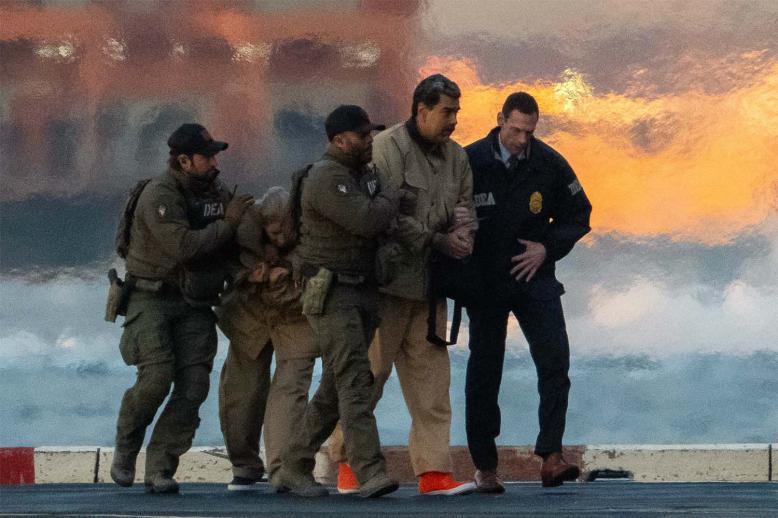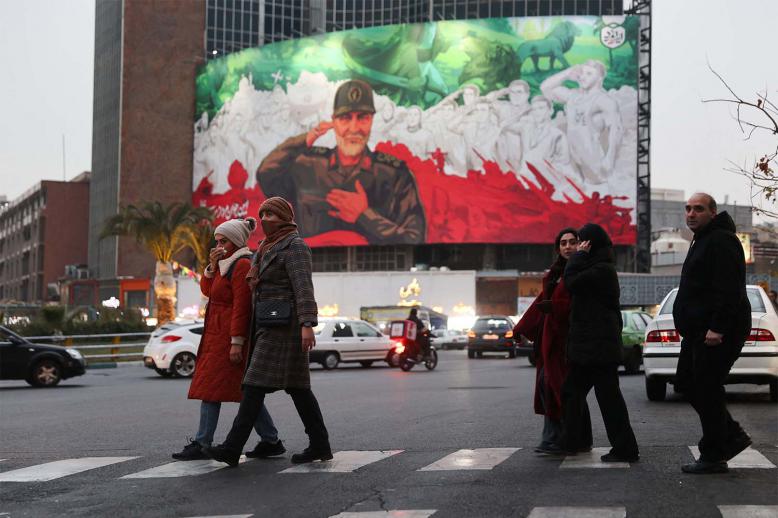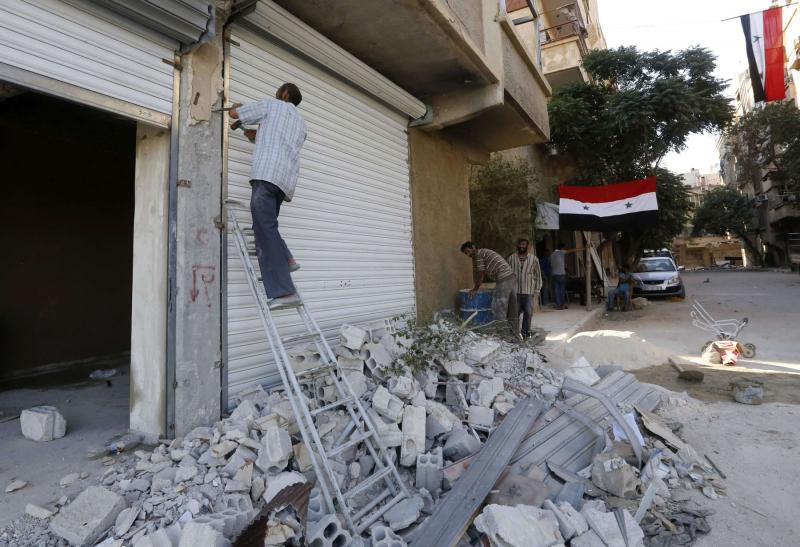Talk of rebuilding Syria is delusional
The commonly held assumption that Iran, Russia and other friends of the Syrian regime stand to make a fortune rebuilding the war-torn country is wide of the mark.
With the government of Syrian President Bashar Assad set to regain the remainder of the country not controlled by Kurdish factions, there’s been much talk of the huge sums to be spent — and made — rebuilding the hundreds of towns and cities destroyed in the fighting. Figures from $250 billion-$400 billion and even $1 trillion have been bandied around.
There have been headlines about Russian, Chinese and Iranian companies rubbing their hands at the prospect of making millions off the back of gleaming new apartment blocks in eastern Aleppo and international hotels in Damascus.
There’s just one problem: Those towers and hotels will never be built.
Assad has been in control of Homs, Syria’s third largest city, for four years, offering a window into how a nationwide rebuilding effort may take shape. How has the reconstruction effort gone there?
Aside from some privately funded efforts to rebuild churches and a Chechen warlord paying to renovate the as-yet-unfinished Khalid Ibn al-Walid mosque, the only completed project is the city’s Old Souk.
Who funded that? The Russians? Iran? Not a chance. It was the United Nations, the only organisation with nothing to lose, financially or otherwise.
Russia and Iran are likely to look for a return on their huge investment in Syria rather than spend more. Jesse Marks, a Herbert Scoville Jr Peace Fellow at the nonpartisan Stimson Centre, wrote for the Defense One website that Moscow is an estimated $4 billion deep in Syria and Iran is thought to have spent up to $35 billion keeping Assad standing.
Of course, there is a chance that sections of Syrian real estate will be handed to state investors from Iran and Russia but beyond such symbolic gestures, the broader conditions for privately led investment are not there. As a report from the International Crisis Group surmised: “Russia and Iran have displayed their military prowess but can they back it up long-term with the required financial resources? This is highly doubtful… They may have the will, in other words, but they appear not to have the ability.”
While Assad attempts to drum up business and sell reconstruction as potentially a huge windfall for his friends, it will never happen as long as he is in charge. The traditional construction powerhouses in the region — the Gulf countries and European multinationals — won’t or can’t return to Syria because of international sanctions and political antagonisms. Washington has introduced the No Assistance for Assad Act to prevent US companies working on reconstruction in areas under Assad’s control.
There’s another issue that’s largely flown under the radar: Who does the regime see staying in its yet-to-be-built luxury hotels and apartment buildings? Where would the Syrians shopping in the proposed state-of-the-art malls find work?
It’s possible that a small number of regime apparatchiks may take on some major reconstruction works. Ambitious shabiha gangsters, already investing in restaurants and cafes in central Damascus and west Aleppo, might look to move their profits into bigger projects. But what international credit agency, be it Russian, Chinese, Iranian or otherwise, would risk giving loans to ex-militias on the scale required to rebuild entire neighbourhoods and towns?
There’s Syria’s thriving war economy, which functions in a very different manner to the free movement of goods and services. Real growth requires free movement and the war economy throws up another impediment.
The reality is the decay that saw Syria an economic backwater for the entire 40 years of Hafez Assad’s regime is back. For “Syria 2020,” read “Syria 1970.” Anyone who lived through those days would shudder at the thought that Syria’s future would look like that again.
The more unfortunate reality is that it did not have to be this way. Before 2011, Syria was booming. Though, with the Assads at the helm, the collapse and violence that followed were always possible.
Stephen Starr is an Irish journalist who lived in Syria from 2007 to 2012. He is the author of Revolt in Syria: Eye-Witness to the Uprising (Oxford University Press: 2012).
This article was originally published in The Arab Weekly.







